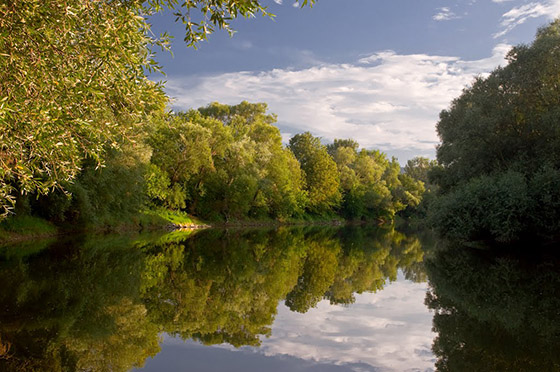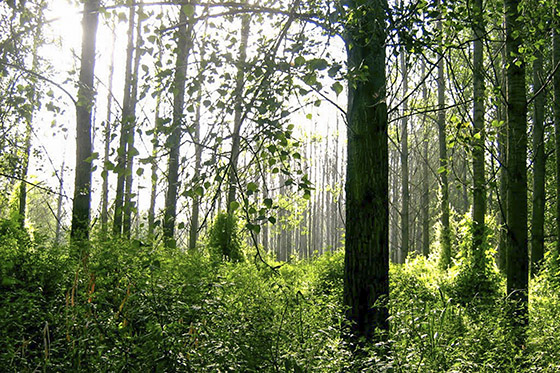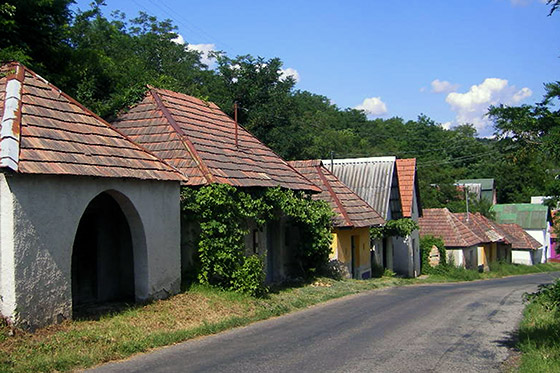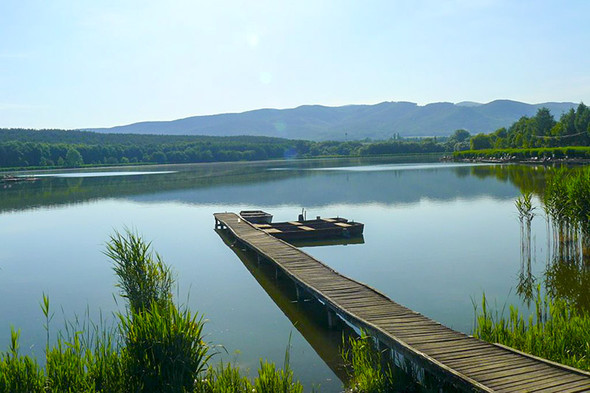If we wanted to be a bit more precise, this is not entirely correct, since at the eastern feet of the mountain range lays Szendehely that has also vineyards connected to the Mátra Wine Region. And this is done regardless of the fact that Cserhát lays on the east of the village and Mátra is not within sight. This is a kind of a local vino-geopolitical solution and is useless to mourn over it. Anyway there are many who doubt that we would need that many wine regions while half of them could be reclassified right away simply as the great north Hungarian wine region. But let’s get back rather to Börzsöny, this odd Hungarian mountain out and feel the awe at what one can find here. The destination of our tour, just for the sake of discernment, will be the western slopes of Börzsöny, so those who are interested in the Diósjenő Juhfark should not expect too much.

The premise is the following: we have to reach Szob and start off to the terra incognita on the road turning to north along river Ipoly. The first small village is Ipolydamásd where only those having their nose in the tourist map can take notice of the names referring to old vineyards on the slopes. Going further on, the stunning Ipoly canyon at Ipolydamásdi inspires awe and then we arrive to Letkés where a series of old cellars that have lost their original function are lined up on the hillside. According to the seniors once Letkési Vörös was famous but we did not have the chance to check it as we could not find a worthwhile winemaker anywhere near. The next village is Ipolytölgyes, on the east side of which there is also a set of press house buildings next to the place where once the vineyards of the Germans of Nagybörzsöny began. And with this we have already reached the first exciting (if not the most exciting) village in the matter, namely Nagybörzsöny. The small village has an interesting past and by this we do not mean that the area has been inhabited since the prehistoric age and alike since it characterises many other Hungarian localities as well. It is much more that due to the intensive precious metal mining activities in the neighbourhood, Sigismund, King of Hungary granted mining rights to the village in 1417 and had Saxon settlers brought to the area for operating the mines. The diligent Saxons were so successful in their work that some 22 years later Nagybörzsöny was already a mining town. The descendants of the Germans settled here at the time are still living on the area and they are the ones who also introduced viticulture in the neighbourhood. We do not intend to give a touristic guide about the region but the sights in Nagybörzsöny are well worth a Mass.

Coming back to our original topic: all we can say is that anyone visiting this place will see immediately what we are talking about. Arriving to the village, scattered press houses appear on the right hand side. Although while walking among them, we have not drawn up a complete inventory, but if we did we could have counted more than two hundred buildings. Many of them are dilapidated, others are even more dilapidated, there are some in serviceable condition and a few have been refurbished. The cellar entries, shut off the world by decayed doors of several hundreds of years of age, are often next to the press houses. It is like a fairy tale. The elderly in the village told us that at certain places there are three-story underground cellar systems, which, taking into consideration the mining ancestors too, demonstrate exceptional talent. Nevertheless no grape is found here either, except for the crofts. Although as the press houses bear witness this has not always been the case. Records from the 15th century already mention the wines of Nagybörzsöny thanks to a certain Count in Selmec who filled up his cellar with Nagybörzsöny wines because he found them to be so good. Tax censuses from the time of Ottoman Hungary also refer to vineyards in the neighbourhood. At that time Nagybörzsöny was by far the best in the region and could keep its leading role until the end of the 18th century (when Kemence took over from the left but only for a couple of decades). There are some cellars left in Kemence and Perőcsény where a rather nice row of cellars survived though no other traces of viticulture can be seen anymore. In Bernecebaráti, again, scattered ruins of old cellars indicate the traces of wine makers.

You can read more about Börzsöny within a few days in the second part of this article.






